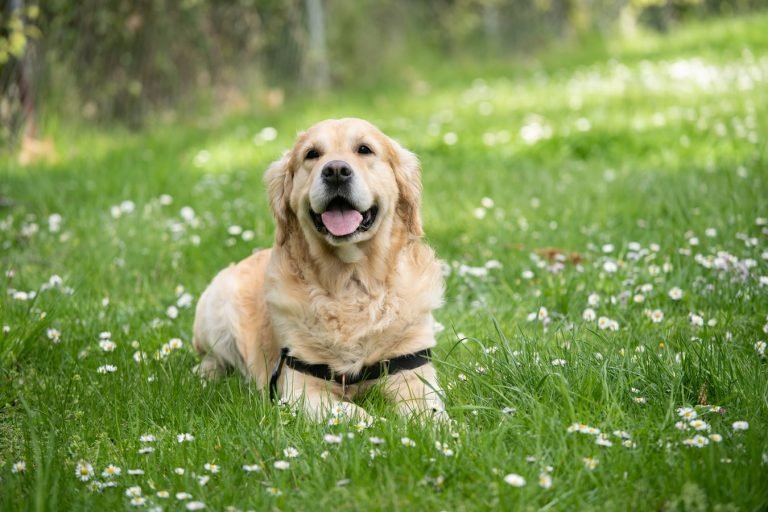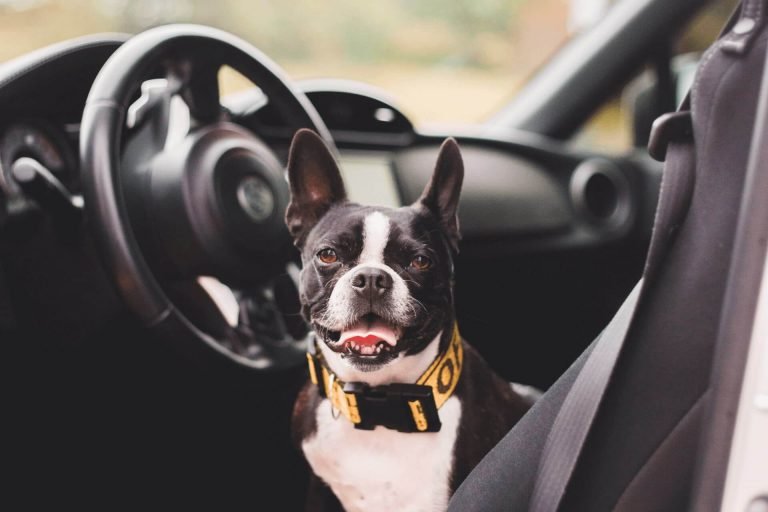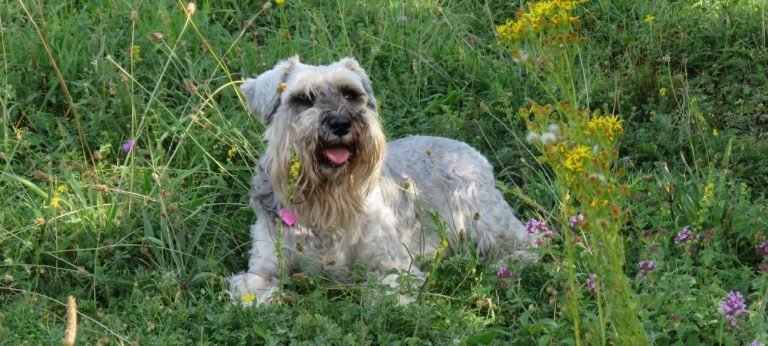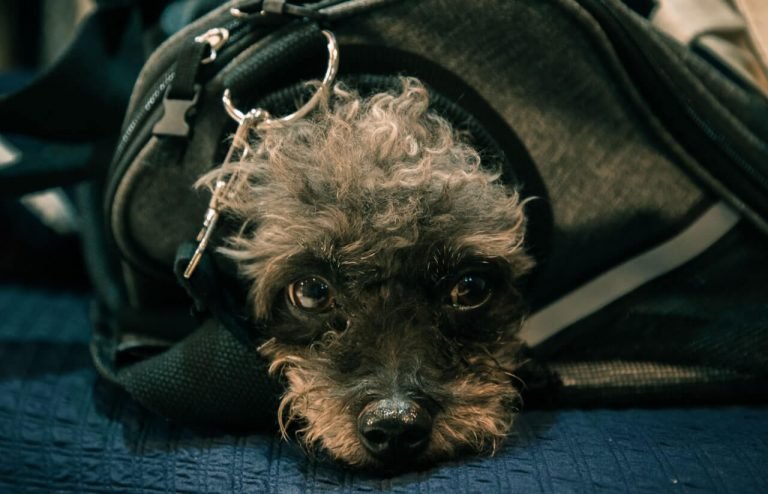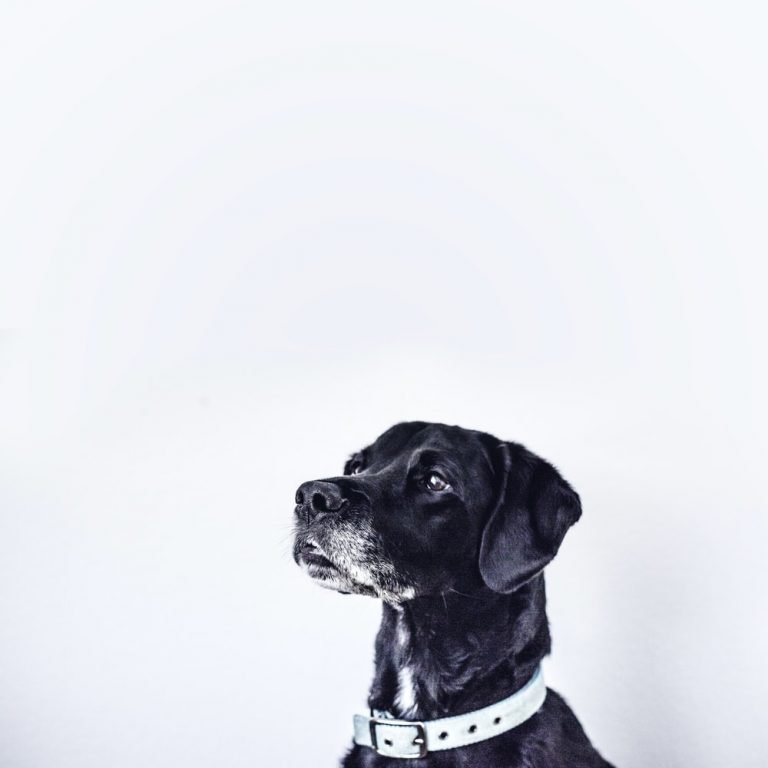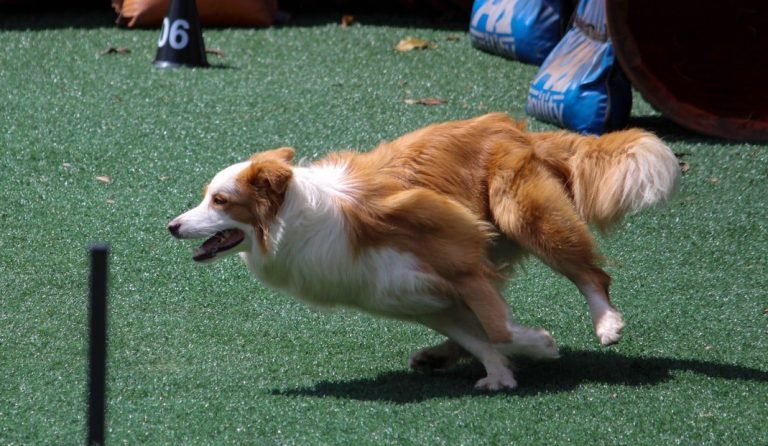How far should I walk my dogs?
Want a healthy, happy dog? Beyond vet visits and good food, regular walks are a big deal. Daily exercise helps your pet feel less stressed. Less stress means a calmer, friendlier dog, which is great for everyone.
How far should I walk my dogs?
So, how much walking does your dog really need? Experts often suggest daily exercise from 30 minutes for some dogs, up to 2 hours or even more for others. When you look at distance, this can be anywhere from one to eight miles each day.
This might seem like a lot. But remember, every dog is different. What one dog needs changes based on their age, current health, and what kind of breed they are. Pay attention to your dog’s actions after a walk. If they sleep forever, maybe you walked them too far. If they’re still super active, they probably need more time outside. It’s all about finding what works best for them.
Exercise Intensive Dogs
A dog’s breed plays a huge part in how much exercise they require. Some breeds are just naturally packed with energy. Think about dogs like the Golden Retriever, Weimaraner, Dalmatians, German Shepherd, Boxer, Border Collie, or the Australian Shepherd.
These dogs were often bred for jobs like hunting or herding. They are naturally athletic and agile. Because they don’t do that “work” anymore, they need other ways to use up all that energy. Keeping these breeds busy keeps them out of trouble and happy. Otherwise, they might find their own ways to stay busy, which you probably won’t like.
One more thing about young, growing dogs: be careful with long runs or intense exercise on hard ground. This is true no matter the breed. Up until they’re fully grown, often around 9 to 12 months, young dogs can hurt their growth plates. These plates are still developing, so take it easy on their joints.
Less Exercise Intensive Dogs
Not every dog needs to run marathons. Older dogs, say seven years or more, often need more time to recover after exercise. Just like people, dogs lose some muscle as they age. So, it’s a good idea to adjust how often and how long you exercise them to keep them happy and healthy.
If you prefer a less active pet, smaller breeds can be a great fit. Many meet their daily needs just by chasing a ball inside or in the yard. Dogs originally bred more for companionship than work also don’t need as much exercise. Think about breeds like the Bulldog, Chihuahua, Maltese, Pug, Shih Tzu, or the Yorkshire Terrier. Even former racing Greyhounds often settle into a relaxed life with just short daily walks.
Some dogs, like those with flat noses, find strenuous exercise tough on their breathing. For these breeds, and others not built for long hauls, it’s better to break up their exercise into shorter sessions throughout the day. This helps them get enough activity without overdoing it.
General dog exercise tips
No matter your dog’s breed or age, some general tips help make exercise safe and fun. Keeping these things in mind will help you and your pet enjoy your time together:
- Don’t overdo it with exercise. This is super important for puppies, as too much can harm their bone and muscle development.
- Always offer plenty of water. Just like you, your dog needs to stay hydrated during activity. Think about carrying a special water bottle for them.
- Look for signs of tiredness. If your dog lags behind, pants a lot, or seems to get worn out quickly, give them a break. They need time to rest.
- Big dog breeds can have joint issues. Regular exercise keeps their weight in check and helps their joints stay healthy. But, don’t push large pups with hard activities before they turn a year old.
- Weather matters a lot. Exercising when it’s too hot can make your dog overheat. Watch for signs like drooling, acting confused, or throwing up. If you see these, cool them down right away with water and moving to the shade. Heat stroke is serious.
Even a lazy dog needs some movement. Owners of small dogs sometimes forget this, and these pets can become overweight or develop bad habits like too much barking or chewing. Even the tiniest dogs need at least 30 minutes of activity each day. Always adjust how long and how hard you exercise based on what your dog needs at that time.


